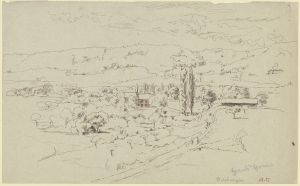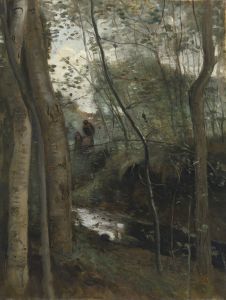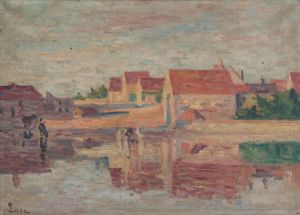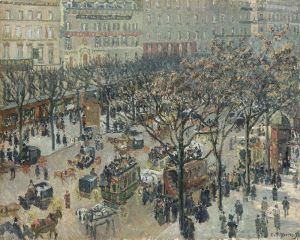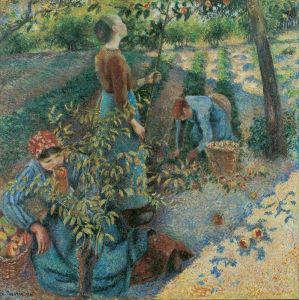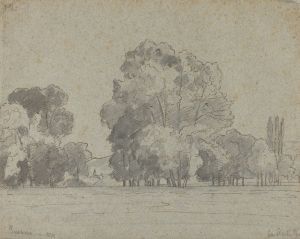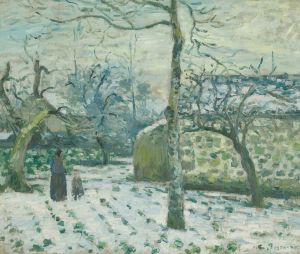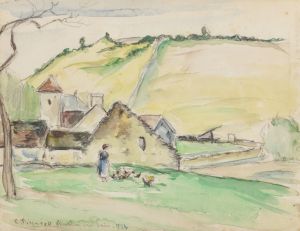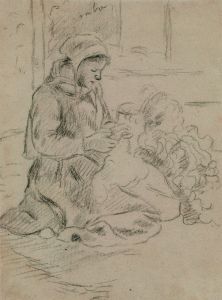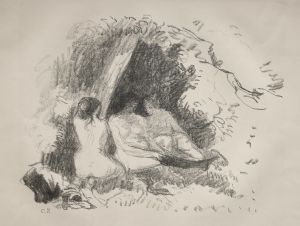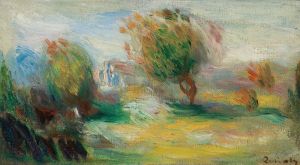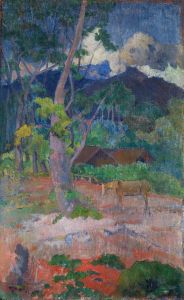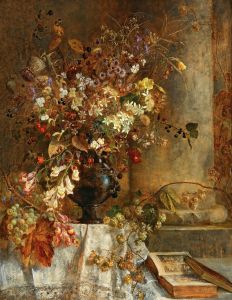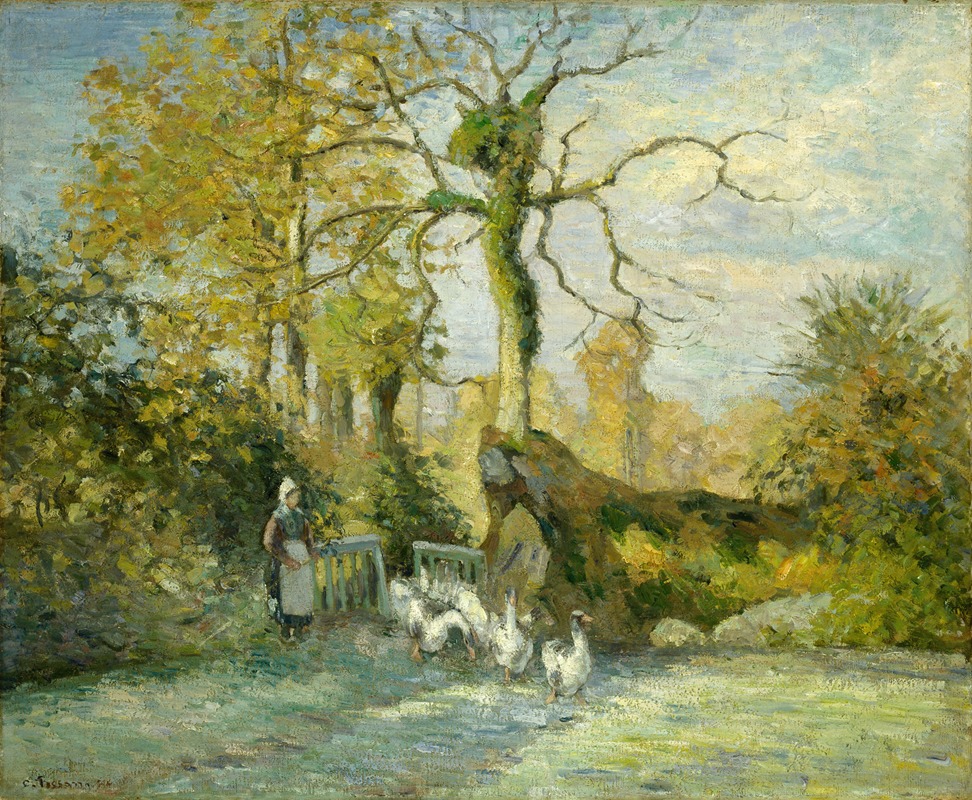
The Goose Girl at Montfoucault
A hand-painted replica of Camille Pissarro’s masterpiece The Goose Girl at Montfoucault, meticulously crafted by professional artists to capture the true essence of the original. Each piece is created with museum-quality canvas and rare mineral pigments, carefully painted by experienced artists with delicate brushstrokes and rich, layered colors to perfectly recreate the texture of the original artwork. Unlike machine-printed reproductions, this hand-painted version brings the painting to life, infused with the artist’s emotions and skill in every stroke. Whether for personal collection or home decoration, it instantly elevates the artistic atmosphere of any space.
"The Goose Girl at Montfoucault" is an oil painting created by the renowned French artist Camille Pissarro in 1875. Pissarro, a pivotal figure in the Impressionist movement, is celebrated for his innovative contributions to landscape painting and his role in shaping the Impressionist style. This particular work exemplifies his mastery in capturing rural life and the natural environment with a sense of immediacy and light.
The painting depicts a tranquil rural scene set in Montfoucault, a village in the Normandy region of France. This location was significant for Pissarro, as he spent time there with his family and fellow artist Ludovic Piette, who owned a farm in the area. The setting provided Pissarro with ample inspiration for his work, allowing him to explore the interplay of light and color in the countryside.
In "The Goose Girl at Montfoucault," Pissarro portrays a young girl tending to a flock of geese. The composition is characterized by its harmonious balance and the gentle, rhythmic arrangement of the figures and landscape elements. The girl, positioned slightly off-center, is depicted in a naturalistic manner, reflecting Pissarro's interest in capturing everyday life with authenticity and respect.
Pissarro's technique in this painting is emblematic of the Impressionist style, with loose, expressive brushstrokes that convey the texture of the landscape and the play of light across the scene. The color palette is soft and muted, dominated by earthy tones and subtle greens, which enhance the serene atmosphere of the rural setting. The use of light is particularly noteworthy, as Pissarro skillfully captures the dappled sunlight filtering through the trees, creating a sense of depth and movement.
The painting reflects Pissarro's commitment to depicting the lives of rural workers with dignity and empathy. Unlike some of his contemporaries who focused on urban scenes, Pissarro often chose to highlight the simplicity and beauty of rural life. This focus on the countryside and its inhabitants is a recurring theme in his body of work, underscoring his belief in the importance of nature and the rural experience.
"The Goose Girl at Montfoucault" is also significant for its place within Pissarro's broader oeuvre. During the 1870s, Pissarro was actively involved in the development of Impressionism, participating in the first Impressionist exhibition in 1874. His work during this period reflects his experimentation with color, light, and composition, as he sought to break away from traditional artistic conventions.
Today, "The Goose Girl at Montfoucault" is held in the collection of the Musée d'Orsay in Paris, where it continues to be admired for its technical brilliance and its evocative portrayal of rural life. The painting remains a testament to Pissarro's skill as an artist and his enduring influence on the Impressionist movement. Through works like this, Pissarro not only captured the essence of the French countryside but also contributed to a broader understanding and appreciation of the Impressionist approach to art.





